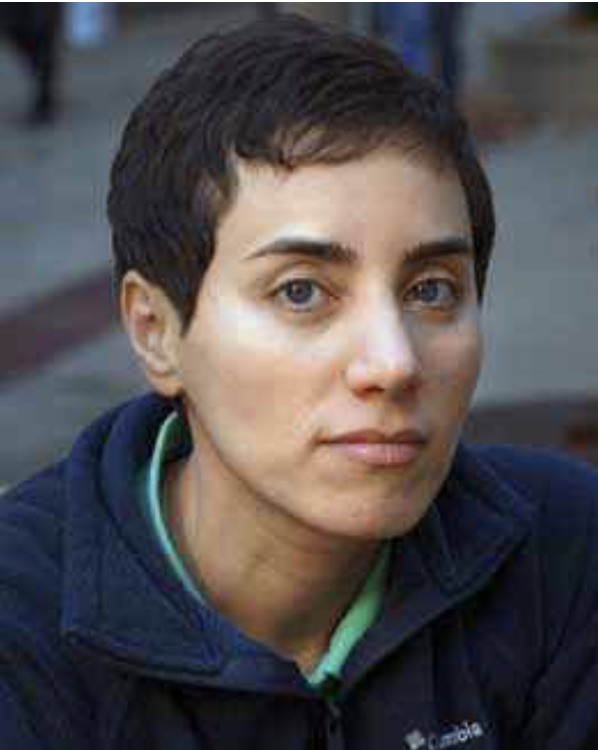
Maryam Mirzakhani’s work on Riemann surfaces was groundbreaking because she made deep and unexpected connections between geometry, topology, and dynamical systems, fundamentally advancing our understanding of the structure of moduli spaces—the parameter spaces that classify all possible shapes of Riemann surfaces.
In her research, Maryam discovered how to compute the mysterious volume by cutting the surface into small pieces (“pairs of pants’’) every which way, and reassembling the data using some creative innovations. These ideas, presented in her doctoral thesis, broke open new connections between fields, and opened up new problems and new ways of tackling old problems. Maryam published her ideas in the top three journals in mathematics.
Using sophisticated combinatorial arguments in her study of moduli spaces and volumes, she developed a recursive formula for computing the Weil-Petersson volumes of moduli spaces of bordered Riemann surfaces. These volumes play a crucial role in string theory and algebraic geometry. Her technique built on and extended the work of Edward Witten and Maxim Kontsevich, giving new combinatorial and geometric insight into these spaces.
Mirzakhani studied the behavior of simple closed geodesics (curves that don’t intersect themselves and are locally the shortest path) on hyperbolic surfaces. She developed new formulas for counting these curves with certain properties, generalizing results that had previously only applied to surfaces of low complexity. This work had implications for both geometry and number theory.
She also made major advances in understanding the dynamics of billiards in rational polygons and the behavior of interval exchange transformations.
Her research bridged many areas: from hyperbolic geometry to ergodic theory, from algebraic geometry to dynamical systems. This unification enabled new tools and methods to be applied across these disciplines, which is rare and highly valuable in mathematics.
In 2014, Maryam Mirzakhani was awarded a Fields Medal … for her outstanding contributions to the dynamics and geometry of Riemann surfaces and their moduli spaces, and became the first woman to win this prestigious award. Tragically, she succumbed to breast cancer on July 14, 2017 at age 40, leaving behind her husband Jan and daughter Anahita.
